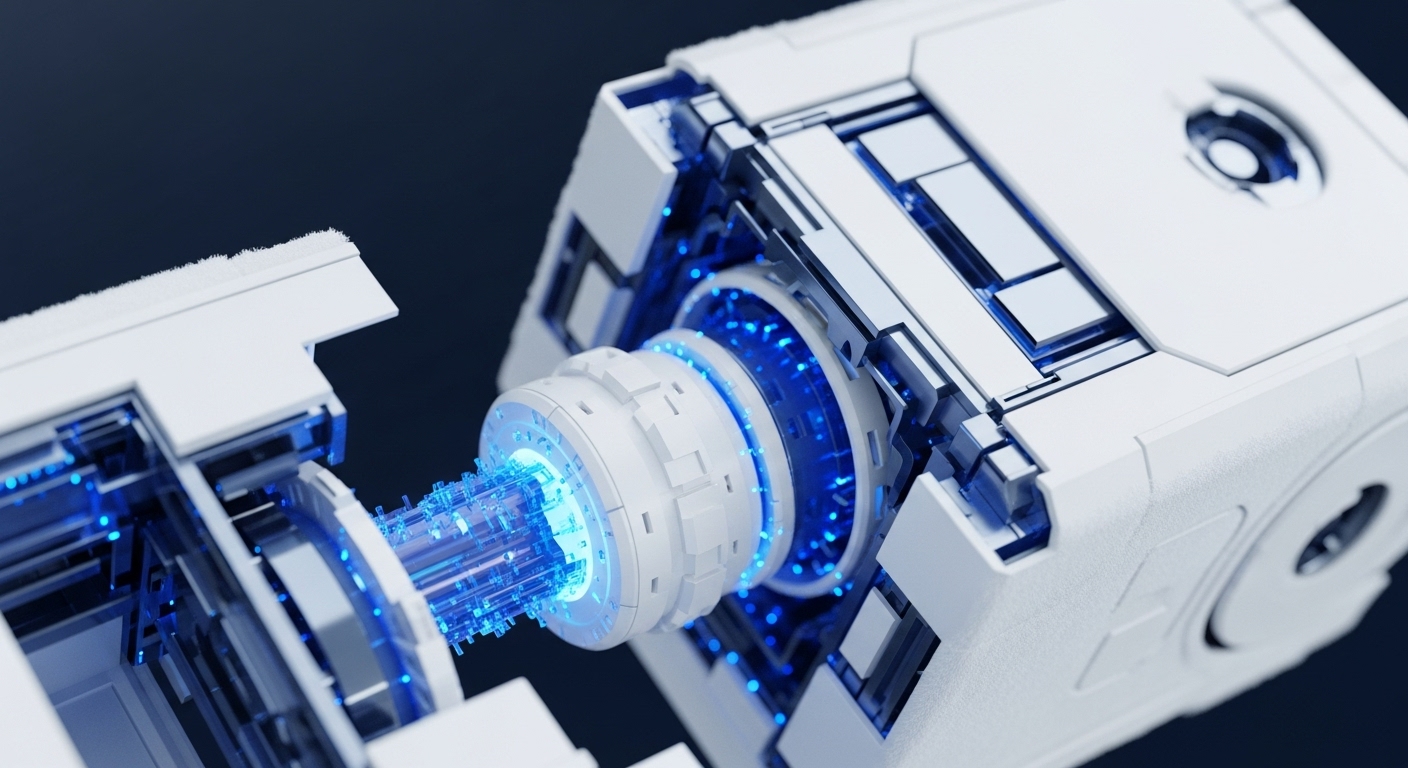
Briefing
The core research problem addressed is the profound energy waste and artificial computational nature inherent in Nakamoto-style Proof-of-Work (PoW) consensus. The foundational breakthrough is the construction of cuPOW , a Proof-of-Useful-Work (PoUW) protocol that securely leverages the ubiquitous and economically valuable task of arbitrary matrix multiplication (MatMul) for consensus. This is achieved by generating a verifiable PoW certificate with a 1+o(1) multiplicative overhead over the native MatMul computation, which is the first PoUW to achieve such negligible overhead while allowing the miner to choose the input matrices. The single most important implication is the potential for a new Layer 1 base-layer protocol that nearly eliminates the energy expenditure of mining by enabling a “2-for-1” model where AI training and inference compute simultaneously secures the blockchain.

Context
The established theory of Nakamoto consensus relies on a cryptographic puzzle ∞ random hashing ∞ that is inherently wasteful, serving only to secure the network. This has created an academic challenge known as the Proof-of-Useful-Work problem ∞ how to replace this artificial compute with a real-world task while maintaining the essential properties of PoW, specifically uniform hardness and resistance to gaming by malicious provers. Prior proposals for PoUW often failed because they introduced a significant computational overhead, rendering the “useful” work impractical, or because they restricted the input selection, compromising the permissionless nature of the system.

Analysis
The paper’s core mechanism, dubbed cuPOW, is a novel application of cryptographic primitives to the matrix multiplication task. The new primitive is a PoUW construction that forces a prover to compute the full matrix product C = A · B for arbitrarily chosen input matrices A and B. The breakthrough is accomplished by applying a random oracle to the transcript of the matrix product computation, rather than simply the final output.
This technique ensures that the hardness of finding a valid PoW certificate is intrinsically tied to the computational complexity of the MatMul operation itself. By requiring the prover to follow a prescribed, verifiable algorithm to generate the transcript, the protocol prevents a malicious prover from using algorithmic shortcuts or pre-computation to gain an advantage over an honest miner, thereby achieving a near-optimal security guarantee with negligible overhead.

Parameters
- Multiplicative Overhead ∞ mathbf1+o(1) – This represents the asymptotic factor by which the cuPOW protocol’s computational cost exceeds the worst-case cost of the native matrix multiplication task, establishing the first PoUW with truly negligible overhead.

Outlook
This research opens a new avenue for decentralized systems architecture, moving beyond the zero-sum energy expenditure of traditional PoW. The immediate next step involves a formal, provably secure scheme that removes the reliance on the conjectured hardness reduction to solving batches of low-rank random linear equations. In the 3-5 year horizon, this theory could unlock a new generation of Layer 1 protocols where the consensus layer is fundamentally integrated with the global demand for AI compute. Such a system would create a powerful, self-sustaining economic loop, incentivizing the deployment of GPU infrastructure for both decentralized intelligence and blockchain security, thus solving the PoW energy crisis by monetizing its byproduct.

Verdict
The cuPOW protocol represents a foundational re-engineering of the Proof-of-Work primitive, providing a mathematically rigorous and economically compelling blueprint for energy-efficient, compute-reusing consensus mechanisms.
